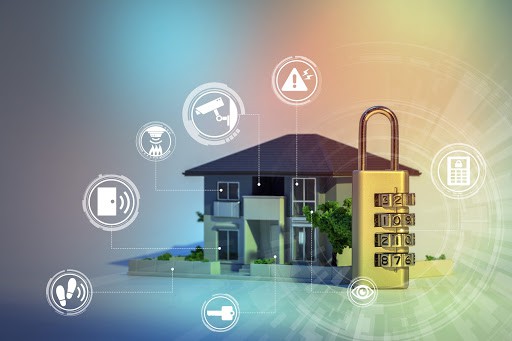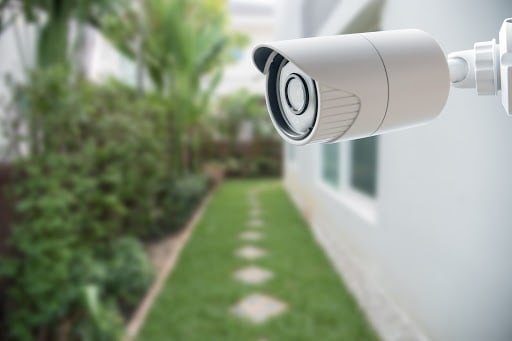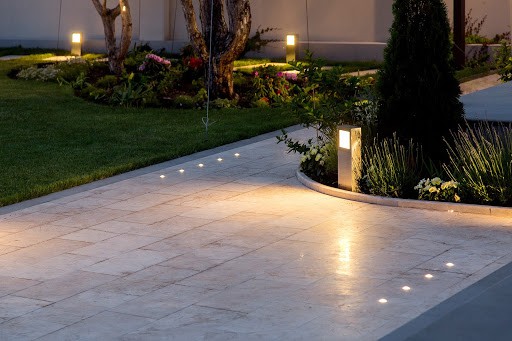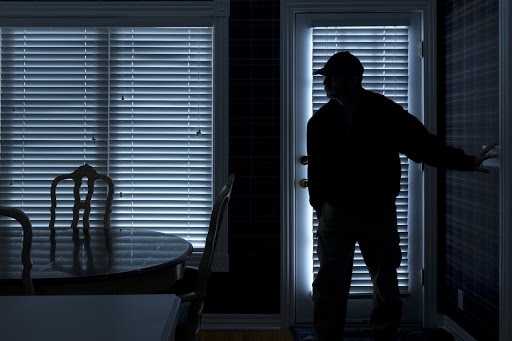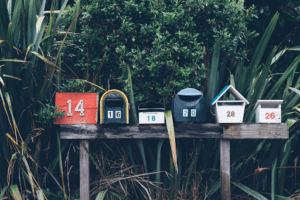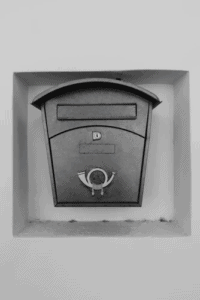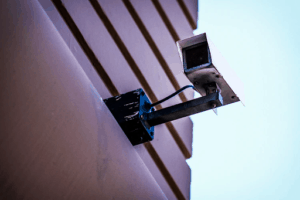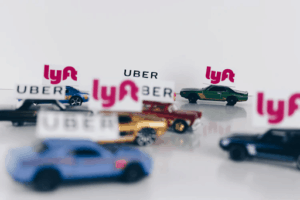Top 10 Locks We Recommend for Your Business
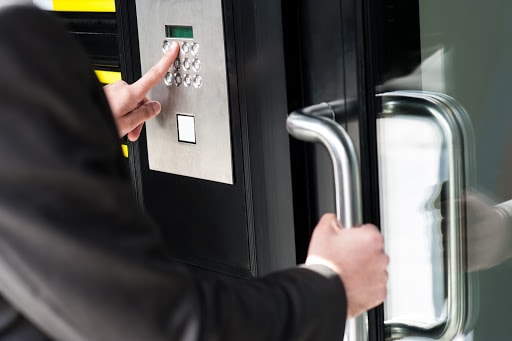
As a business owner, you’re no stranger to responsibility, whether to your customers, shareholders, or the team that makes your success a reality. One integral — if overlooked — step in realizing all of these obligations is workplace security. Having an industry-leading security system in place can deter break-ins or alert you of potential outside threats before they become a problem, saving your company thousands each year. And though an office or business front’s security system involves many moving parts, it all begins with a secure locking system. All other security efforts serve to back-up this first line of defense.
Read on to learn more about different types of locks, and see our top picks for your business.
Why workplace security matters
Though the importance of office security may seem obvious, we want to re-state just how crucial it is in ensuring your business thrives: security is integral in mitigating threats from the outside, protecting office valuables, and the safety of your staff.
In having a secure office, you’ll be able to block or detect threats before they become a problem, which could save you hundreds or thousands in the long run. If, for instance, your office was broken into due to a weak or outdated locking system, you could lose important electronics like desktop computers, printers, and TVs — in addition to the peace of mind of your employees.
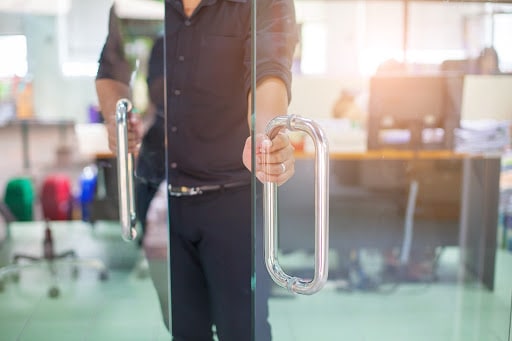
Top 10 locks for your business
Before choosing a lock for your business, it’s important to know that you’re getting the right one for you. Today, there are three prominent categories of locks: smart locks, commercial locks, and deadbolt/security locks. Each has its pros and cons, but they can all be equally successful. When evaluating these categories, consider the needs of your business and employees: the perfect lock is sure to follow.
Smart locks: These are the most technologically advanced locks on the market today and, arguably, the most secure. Smart locks are keyless and involve both an electrical and digital component: the locks themselves are electronic, meaning they can lock or unlock whenever triggered, while the entire system is connected to either an electronic keypad or smartphone app. Both of these components allow for automatic locking, remote access, and real-time updates. While these functions allow for greater ease of use in comparison to traditional deadbolt locks, it’s important to note that they’re all susceptible to electrical malfunctioning and cannot be unlocked or re-locked should your phone die while accessing them remotely.
Our top picks:
- Simplisafe Smart Lock —built-in keypad, deadbolt compatible
- Yale Lock with Nest Connect —tamper-proof deadbolt with real-time alerts
- August Smart Lock + — remote locking, alerts you if left unlocked
- Ultraloq U-Bolt Pro — electronic keypad deadbolt, auto re-lock
Commercial locks: The following locks are generally accepted as having strong commercial uses, offering the greatest in protection while still maintaining the functions of classic, high-security deadbolts. Most of the following require some use of thumb-turn keys, though the first two options have an electronic keypad as well. If you’re looking for the added security of electronic deadbolts with the constant reassurance of a physical key, these are the locks for you.
Our top picks:
- Schlage BE365 Keypad Deadbolt Plymouth — electronic deadbolt with built-in keypad
- Schlage FE595VCAM/ACC 716 Level Electronic Keypad — thumb-turn keypad combo
- Best Access Systems 9K37ABDS3 Heavy Duty Interchangeable Core Entry Lever — interchangeable core allows for the lock to be easily changed
Deadbolt and security locks:
The following are less-accepted as commercial locks, and although they lack the tech features and mechanical prowess of our earlier picks, they serve the function of locking your business all the same. However, it’s important to note that single-cylinder deadbolts are only one step up from spring bolt locks — the least secure locks on the market — in terms of security. Mortise locks, on the other hand, are more difficult to kick in since they’re set into the door frame itself. Additionally, all locks on this list require keys for entry.
Our top picks:
- Kwikset 980 Single Cylinder — single cylinder deadbolt
- Schlage L9040 — mortise lock
- Samsung SHS-P718-LMK Biometric Lock — mortise smart lock combo

Pop-A-Lock Can Audit Your Office
We believe everyone deserves to feel safe both at home and work, which is why we offer business security audits along with our residential ones. Using our expertise, we’ll scour your workplace until we’ve located all security threats and provide solutions. Call us today for a free quote!

